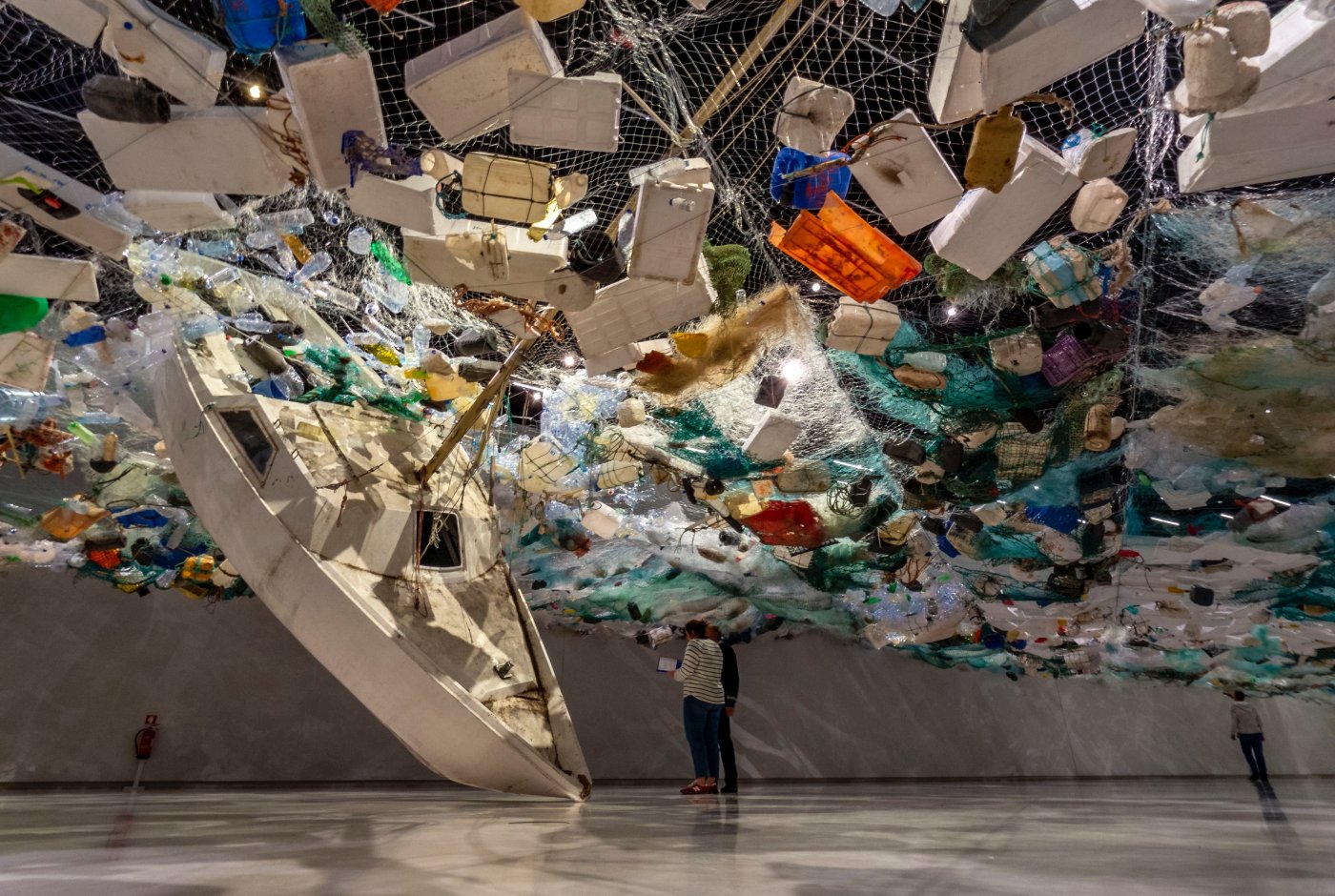
Plastic as a cultural heritage
Plastic is often presented as an environmental problem, but this is only one side of the story. In everyday life, plastic has an important function. It is a material that breaks down and this can create a problem, with the parts of our cultural heritage made of plastic. Not only is plastic used for electrical outlets, drinking cans and other everyday products, it is also used in many works of art, where it can be just the everyday material that is a point or it is chosen because it has some good material properties. But common to the use of plastic is that the perishability of the material creates some challenges that have been researched at the National Gallery of Denmark.
In the podcast, conservator Louise Cone talks about some of the different types of plastic used by artists, and what problems they create in allowing posterity to experience the art of our time.
Louise Cone graduated in Fine Arts at The School of Visual Arts in NYC and is a cand.scient.cons. from the Royal Danish Academy of Fine Arts Conservatory School. She is a curator at the National Gallery of Denmark and is responsible for preserving contemporary art as well as modern and older sculpture including the Royal Casting Collection. She has participated in research projects on preservation of art with plastic.
Follow Science Stories on: iTunes, Spotify, Google Podcasts, Twitter, Facebook, and Instagram.